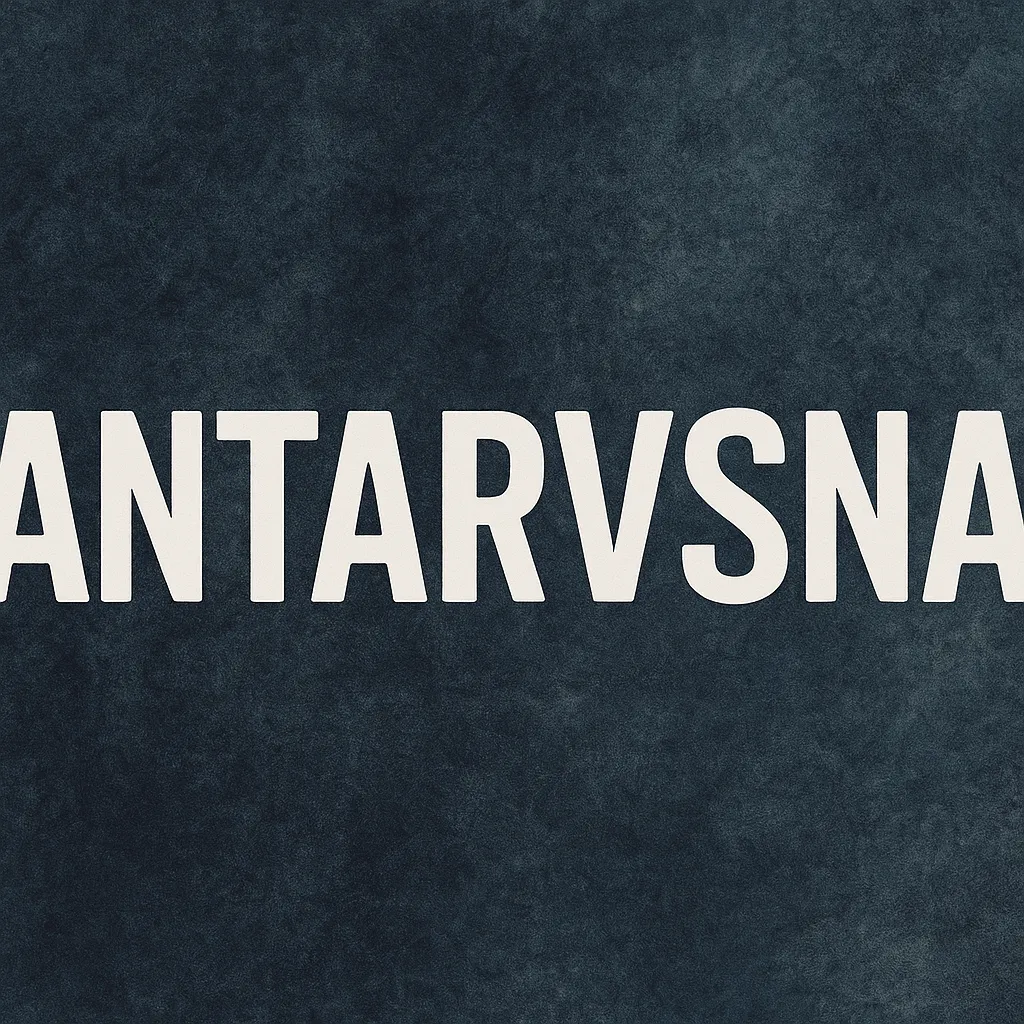The word antarvwsna blends “antar” (inner) and “vwsna” (desire or impulse). It refers to our deepest, often unspoken, inner longings. Many thinkers see antarvwsna as the hidden force behind dreams, art, and life changes.
In this article, we explore antarvwsna from multiple angles: spiritual, psychological, creative, and everyday life. You will gain clarity on how to feel, own, and channel this inner signal.
Why Antarvwsna Matters
-
It connects you to your true self, beyond social masks.
-
It gives direction in life—goals rooted in inner truth.
-
It helps resolve inner conflict when your words and actions misalign.
-
It fuels creativity, innovation, and authentic living.
Many ignore antarvwsna because it feels risky. But rejecting it can lead to regret, emptiness, or constant comparison to others.
The Origins and Philosophy Behind Antarvwsna
Roots in Eastern Thought
In classical Indian philosophy, the idea of vasana means subconscious imprints or desires that persist over time. When prefixed with “antar,” it becomes a call to explore internal urges rather than external wants.
Western Psychology Parallels
-
Freud’s unconscious theory: hidden desires drive behavior.
-
Jung’s shadow and individuation: integrating inner material leads to wholeness.
-
Existential psychology: longing for meaning is core to the human condition.
These ideas resonate with antarvwsna. While the term is not widely used in mainstream psychology, its theme intersects with many therapeutic traditions.
The Many Faces of Antarvwsna
Antarvwsna is not a one-size concept. It can appear in several forms:
1. Emotional Yearning
Desire for love, belonging, intimacy, or acceptance. Often, people hide these due to fear or shame.
2. Creative Impulse
A drive to make, build, write, design. It’s the whisper that says, “You must express this.”
3. Purpose & Calling
A pull toward a vocation, mission, social impact, or spiritual path.
4. Spiritual Longing
The urge to connect with something beyond self—reality, nature, divinity.
Each form overlaps. Emotional desire may fuel creativity. Purpose may carry spiritual resonance.
How to Recognize Your Antarvwsna
When the inner urge speaks, it often shows subtle signs:
-
You lose track of time doing something meaningful.
-
You feel a quiet ache, even when life looks “fine.”
-
You envy something in others—not because of their life, but because it echoes your own unsung call.
-
You dream, imagine, or write things you never share.
But beware: not all strong desires are sacred. Some might be fear, social pressure, or unhealed wound masquerading as longing.
7 Simple Practices to Listen & Act on Your Antarvwsna
Here are actionable steps:
-
Silence & Stillness
Sit in quiet without distractions. Let thoughts settle. See what remains. -
Free Journaling
Write without censor. Ask: What do I truly want, beyond money or praise? -
Track Flow Moments
Note tasks where you lose yourself. These are clues. -
Observe Envy
Envy often points to desires you suppress. -
Small Experiments
Try micro-versions of your urge. If you feel pulled, explore more. -
Creative Expression
Paint, sketch, write, compose—even if just for you. -
Mind-body Awareness
Feel in your body: what gives energy vs. what drains it.
Over time, you can turn whisper into roadmap.
Challenges & Risks in Exploring Antarvwsna
-
Fear of failure or judgment
-
Internal conflict or guilt
-
Overwhelm: wanting too many things
-
Misidentifying escape as calling
-
Stagnation when you don’t act
To avoid pitfalls, pair desire with discipline and accountability. Start small. Test and refine.
Antarvwsna in Modern Contexts
In Art & Media
Many creators trace their work to an inner yearning. A painter, filmmaker, poet often channels what cannot be spoken. The concept of antarvwsna helps frame their impulse.
In Technology & Innovation
Some tech startups emerge from founders listening to subtle desire—not just market demand. Ideas that feel soulful often inspire breakthroughs.
In Business & Social Impact
Businesses rooted in inner values (purpose over profit) often resonate more deeply. They reflect the alignment of antarvwsna and social need.
Integrating Antarvwsna with Daily Life
-
Use it as a filter: Does this decision align with my inner voice?
-
Let it guide small choices first (projects, learning, time) before major ones.
-
When blocks appear (fear, doubt), treat them with curiosity, not suppression.
Over time, outer actions harmonize with inner impulses. Life becomes less friction, more flow.
When Antarvwsna Surfaces as Pain
Sometimes your deepest longing triggers frustration, restlessness, or pain. If your inner call conflicts too much with your present reality, stress can emerge. In those times:
-
Pause and breathe.
-
Seek wise guidance (mentor, coach, therapist).
-
Break desires into manageable steps.
-
Accept that some desires evolve, change, or fade.
Your antarvwsna may not always be permanent. It can transform.
Summary
-
Antarvwsna is your inner longing—quiet yet powerful.
-
It bridges spiritual, creative, emotional, and purposeful lives.
-
Recognizing it requires stillness, attention, and trust.
-
Acting on it shifts life toward meaning and less regret.
May this guide help you lean into your inner whisper and live in deeper alignment.
Frequently Asked Questions
Q1: Is antarvwsna a formal spiritual or religious concept?
A: No, it is not a canonical term in mainstream spiritual texts, but it draws on ideas from ancient and modern philosophies about inner longing and desire.
Q2: Can antarvwsna change over time?
A: Absolutely. What you yearn for in youth may evolve as you grow, mature, or change circumstances.
Q3: How do I know if a desire is my true antarvwsna or just a passing whim?
A: True antarvwsna tends to persist, carry emotional weight, and arise even when external conditions change. Test it with small actions over time.
Q4: Is following one’s antarvwsna selfish or reckless?
A: It depends on how you act. When balanced with responsibility, empathy, and growth, it need not be selfish.
Q5: What if my antarvwsna conflicts with societal expectations or obligations?
A: That is common. Use discernment. You may choose a path of gradual integration, private expression, or small shifts rather than abrupt upheavals.
Q6: Can someone live fully without ever attending to antarvwsna?
A: Many do—but often they feel a sense of emptiness, regret, or “what ifs.” Attending to inner yearnings can enrich life, though it requires courage.



